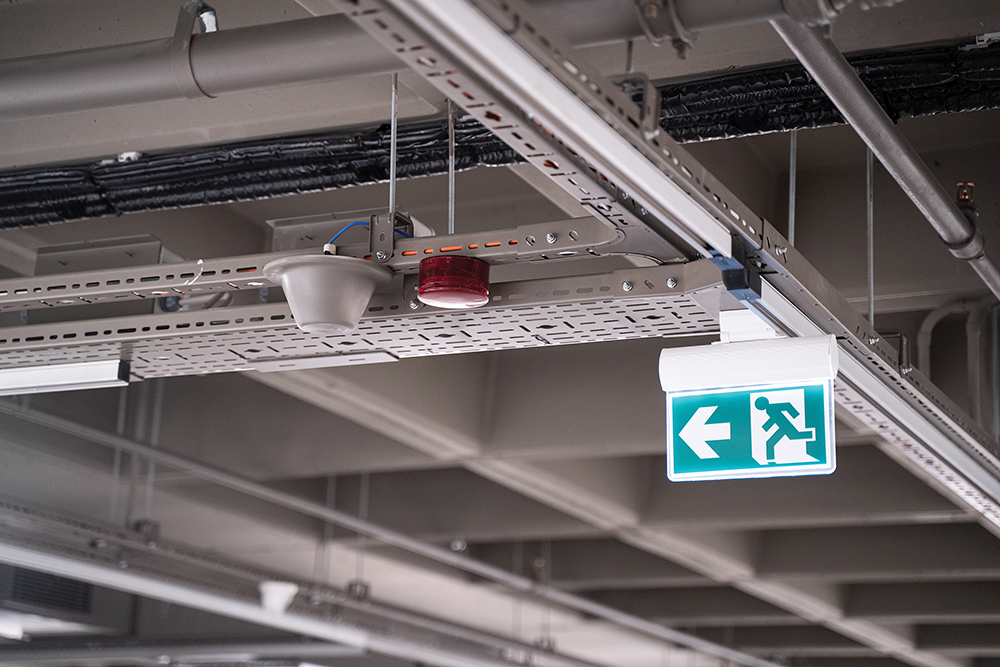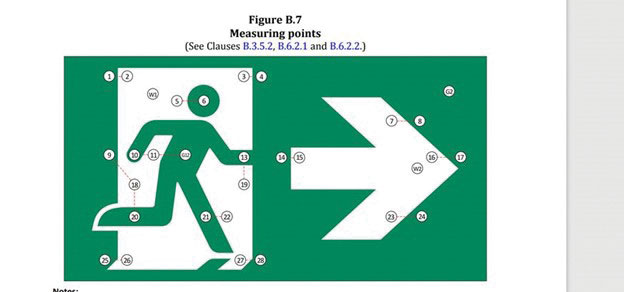Rules 6-102 and 6-104 of the CE Code, Part I specify provisions for a maximum number of service boxes permitted to be installed in a building and for a maximum number of services allowed to be run to a building. Inquisitive Code users wonder why these provisions appear to be different for supply services and for consumer’s services.
The Code users also question validity of Rule 6-102 when the supply authority that runs the supply service conductors happens to be a utility (which installs such supply service conductors in its sole function as electric utility).
It should be noted that a utility is usually defined in respective provincial/territorial Acts and Regulations, and it is recognized as a utility by the regulatory authority that adopts the CE Code for regulatory purposes. In this case any electrical work done by the utility may be exempt from compliance with the CE Code (this should be checked with the AHJ), and therefore application of Rule 6-102 in the body of the Code may be questionable.
But, even if asupply authorityis not a utility but an independent power producer, and its work is governed by the Rules of the CE Code, the inconsistencies between the aforementioned Rules are quite obvious.
Rule 6-102 does not allow more than one supply service of the same voltage to be run to any building from the same system of any one supply authority, unless a number of specific conditions is met.
However, Rule 6-104 (which governs a number of consumer’s services of the same voltage) allows up to four such consumer’s services to be run to a building, and this Rule appears to allow such number of consumer’s services without any restrictions.
In fact, Rule 6-104 even acknowledges that such number of services could be increased under a special permission obtained in accordance with Rule 2-030 of the CE Code.
It is extremely important for the Code users to understand clearly the intricacies related to the highlighted defined terms, as this is helpful in appreciating a demarcation between portions of installation done by:
(a) a utility which has been traditionally exempt from the Code (i.e., its work may not necessarily be regulated by the AHJ, and the equipment used by the utility may not necessarily be approved); and
(b) by an electrical contractor performing a regulated electrical work (i.e., work done under a permit in full compliance with provisions of the CE Code, and it is subjected to the inspection by the AHJ).
So, let’s check out these Code definitions.
Although the CE Code does not define a utility (as it may be done differently by different provincial/territorial regulations), the Code definessupply authorityand types ofservicesand provides references to the supply authority regarding installation of these services.
The Code definitions of services and supply authority are as follows:
Service, consumer’s—all that portion of the consumer’s installation from the service box or its equivalent up to and including the point at which the supply authority makes connection.
Service, supply—any one set of conductors run by a supply authority from its mains to a consumer’s service.
Supply authority—any person, firm, corporation, company, commission, or other organization supplying electric energy.
For example, installation of supply service conductors by BC Hydro is exempt from the CE Code adopted for regulatory purpose in British Columbia, as the BC Hydro is an electric utility and it performs such work in its sole function as the utility.
After reading and understanding the above defined terms, the Code users may appreciate that although the requirements for regulated work undertaken by an electrical contractor or a homeowner must be in conformance with the Canadian Electrical Code (or rather with a local Code, as being adopted for regulatory purpose in the applicable jurisdiction), these requirements do not include electrical work done by the supply authority when the supply authority is the utility that is exempt from the Code by jurisdictional regulations.
It should be also noted that an electric utility may not have any jurisdiction in respect to a regulated work done by an electrical contractor.
It cannot force an electrical contractor who connects consumer’s service conductors to the utility point of attachment (to the supply service) to modify an approved service equipment (service metering devices or a service box) to the utility wishes before the utility will connect power to the consumer.
Nevertheless, the CE Code recognizes significance of satisfying a supply authority needs in respect of location of a consumer’s service equipment.
Rules 6-206 and 6-408 of the CE Code state that the location of service boxes, meters, metering equipment and other consumer’s service equipment must comply with the requirements of the supply authority.
The Code definitions shown above and requirements of the Code in respect to a location of service equipment clearly indicate to a permit holder that the supply authority (utility) must be consulted on the following:
a. electrical characteristics of a supply service provided by the utility (i.e., on a single or three-phase supply and on the voltage of the supply service),
b. location of overhead point of attachment,
c. location of a consumer’s service and metering equipment, and
d. types of underground consumer’s service raceways when such raceways are intended for the installation of supply service conductors (conductors installed by the utility).
Such confirmation with the utility will facilitate efficient power connection by the utility, provided all other electrical safety requirements of the Code are met by the permit holder, and the installation has been accepted by the AHJ for service connection.
It is interesting to note that although the installation of consumer’s service raceways is regulated work (i.e., it is done by an electrical contractor under permit in accordance with applicable provisions of the Canadian Electrical Code adopted in a particular jurisdiction), conformance with condition (d) above is intended to ascertain that the particular utility requirements for installation of its supply service conductors are met by the contractor in addition to compliance with the Code. Some utilities (for example, BC Hydro) might allow the installation of its supply service conductors only in a specific type of a raceway (i.e., rigid metal conduit, etc.).
However, let’s return to our Rules 6-102 and 6-104 and ask ourselves about the reasons for their differences.
A long time ago a majority of utilities agreed that from the point of mechanical integrity, performance and reliability not more than four consumer’s service conductors should be permitted to be attached to a single supply service (to a single point of attachment provided by the power supply authority). Thus, the present requirement of Rule 6-104 had taken place, and it had been in the Code for many code cycles.
However, why the conditions specified by the supply authorities in respect to a number of consumer’s service conductors being terminated to a single supply service have been extended to a number of service boxes in a building? And why a number of service conductors run by a contractor to a building (consumer’s service conductors) is allowed to be four, and an allowable number of service conductors (supply service conductors) run by a supply authority is limited to one only?
Unfortunately, there is no apparent answer.
Of course, the CE Code is not a perfect document, and it continuously evolves via a consensus based development process by the participating stakeholders.
In fact, this particular inconsistency (and its safety impact) has been already noted by the Code users, and a proposal is presently being deliberated by the members of Section 6 S/C to correlate provisions of Rule 6-104 with Rule 6-102.
Meanwhile, the Code users should consult the relevant electrical inspections authority on any questions and concerns related to specific issues with the application of the Code requirements










Find Us on Socials